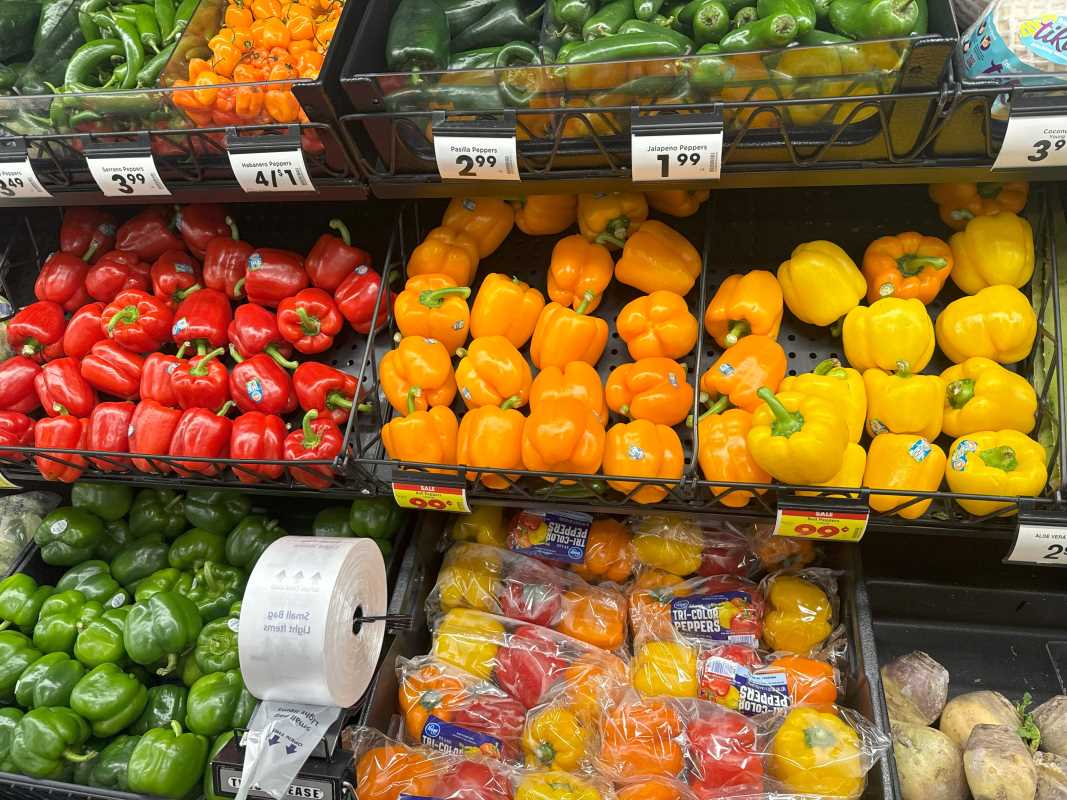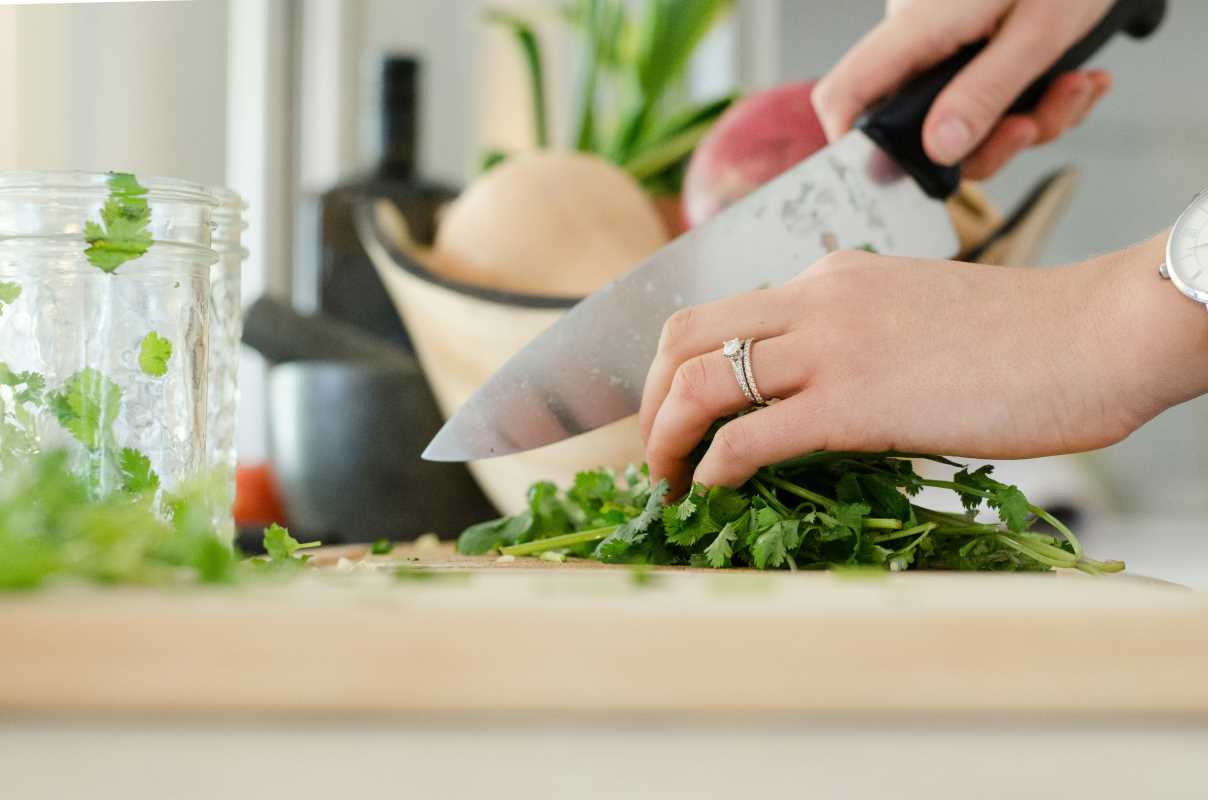Pickling has been a beloved method of preserving vegetables for centuries. It not only extends shelf life but also infuses food with tangy, complex flavors that elevate even the simplest dishes. However, not all vegetables behave the same when it comes to pickling. Some require special preparation, brines, or techniques to achieve ideal texture and flavor. If you’re a home cook looking to venture into the art of pickling, understanding these nuances can make all the difference.
This guide explores a range of vegetables—including cucumbers, carrots, beets, and cauliflower—and the pickling techniques that bring out the best in them. We’ll also share tips to ensure safe and flavorful results you’ll be proud to serve.
1. Cucumbers – The Classic Ferment
Cucumbers are the quintessential pickling vegetable, known for their crisp texture and ability to soak up brine quickly. But there’s an art to achieving that perfectly crunchy pickle.
Special Technique
- Cucumbers are best suited for fermentation, which creates a tangy, probiotic-rich pickle. Unlike vinegar-based quick pickles, fermented cucumbers require time and the right conditions for lacto-fermentation to happen, where naturally occurring bacteria convert sugars into lactic acid.
Tips for Success
- Choose the Right Kind: Use Kirby or Persian cucumbers, as their firm skins and lower water content make for crunchier pickles.
- Prevention of Sogginess: Trim the blossom end of the cucumbers. This part contains enzymes that can cause the vegetable to soften.
- Pack Tightly: Arrange the cucumbers snugly in your jar to prevent floating, which can expose them to air and hinder fermentation.
- Use a Salt Brine: A common ratio is 3 tablespoons of salt per quart of water. Ensure the cucumbers are fully submerged in the brine.
Serving Ideas
- Fermented cucumbers make excellent snacks, sandwich toppers, or garnishes for burgers. Dice them finely for a tangy twist on potato salad or tuna salad.
2. Carrots – Quick Pickling for Crunch
Carrots are naturally sweet and sturdy, making them ideal candidates for quick pickling. Quick pickling offers an easy, no-fuss way to add a bright, zesty contrast to the earthy sweetness of carrots.
Special Technique
- Carrots are best pickled using a hot vinegar brine flavored with spices like mustard seed, coriander, and dill. Their firmness holds up well for quick pickles, ensuring they retain a satisfying crunch.
Tips for Success
- Cut for Consistency: Slice carrots into uniform sticks or coins to ensure even pickling.
- Blanching (Optional): For slightly softer pickles or to enhance color, blanch carrot slices in boiling water for 1-2 minutes before pickling.
- Balance the Brine: Combine equal parts water and vinegar, a tablespoon of sugar, and a pinch of salt for a balanced sweet-tangy flavor balance.
- Serving Ideas
- Pickled carrots add zing to tacos, charcuterie boards, or grain bowls. They’re also a fun addition to Bloody Mary cocktails for a crunchy kick.
3. Beets – Bold Flavor and Vibrant Color
Beets are a unique vegetable for pickling, prized for their bold, earthy flavor and striking color. Pickling helps tame their sweetness, creating a vegetable that is as versatile as it is delicious.
Special Technique
- Pickling beets requires boiling them first to soften their texture, as their tough skin and dense flesh make raw pickling impractical. Once cooked, they can be pickled in either a vinegar brine or fermented for a more complex taste.
Tips for Success
- Prep the Beets: Boil or roast beets until just tender, then peel off their skins by rubbing them with a clean paper towel.
- Use Complementary Flavors: Pair beets with warm spices like cloves, cinnamon, or star anise, which bring depth without overpowering.
- Balance Acidity: Beets are naturally sweet, so add extra vinegar to your brine or sprinkle in some lemon juice to balance the flavors.
Serving Ideas
- Pickled beets are luscious in salads with goat cheese and walnuts or added to sandwiches for a tangy pop of flavor. You can also dice them into a relish for roasted meats or grilled vegetables.
4. Cauliflower – Spiced for Depth
Cauliflower’s porous structure makes it a perfect canvas for absorbing intense, bold flavors. Pickling transforms this humble vegetable into a spicy, tangy delicacy.
Special Technique
- Cauliflower pickles benefit from a spiced brine loaded with bold seasonings like curry powder, turmeric, ginger, or chili flakes. Quick pickling works well, but fermentation can yield even deeper flavors.
Tips for Success
- Cut into Floret Size: Break the cauliflower into small florets so they pickle evenly and absorb flavor.
- Blanch First: Briefly blanch the cauliflower in salted boiling water. This step softens the vegetable slightly, helping it absorb the brine while maintaining some crunch.
- Experiment with Spices: Cauliflower can handle strong flavors. Try Middle Eastern spice blends like za’atar or Indian-inspired mixtures like garam masala for variety.
Serving Ideas
- Spiced pickled cauliflower is perfect for antipasto platters, chopped into salads, or served as a side to roasted meats. It’s also fantastic as a crunchy snack on its own.
Safety and Hygiene in Pickling
Pickling at home is fun and rewarding, but safety should always come first. Here are some golden rules to follow for safe results every time.
- Sterilize Jars: Ensure your jars and lids are properly sterilized before use to prevent contamination. Boil them for 10 minutes or run them through a dishwasher on the sterilize cycle.
- Use Fresh Vegetables: Avoid pickling produce that’s bruised or past its prime. Fresh, firm vegetables yield both better flavor and texture.
- Monitor Fermentation: When fermenting, burp your jars daily to release pressure and ensure the vegetables remain submerged to avoid mold.
- Check the Seal (for canned pickles): After processing jars in a water bath, ensure they seal properly. The lids should be concave and not pop when pressed.
Making the Most of Pickled Vegetables
Pickled vegetables are versatile. They add acidity and depth to countless dishes, from salads to sandwiches. Layer pickled cauliflower into wraps for an unexpected burst of flavor, or use pickled carrots and cucumbers to build your own banh mi sandwich. Pickled beets can be pureed into dips or soups to add a tangy punch, while the brine from your pickles works as a fantastic base for salad dressings or marinades.
Pickling is as much about creativity as it is about preservation. By giving vegetables like cucumbers, carrots, beets, and cauliflower the special attention they need, you can create a range of delicious, customized pickles right at home. Mastering these techniques doesn’t just yield crave-worthy results—it also connects us to the centuries-old tradition of preserving food with care and intention.
With a little time, some patience, and an adventurous spice rack, you can transform ordinary vegetables into pickled delights that will impress your family, friends, and palate. Happy pickling!







